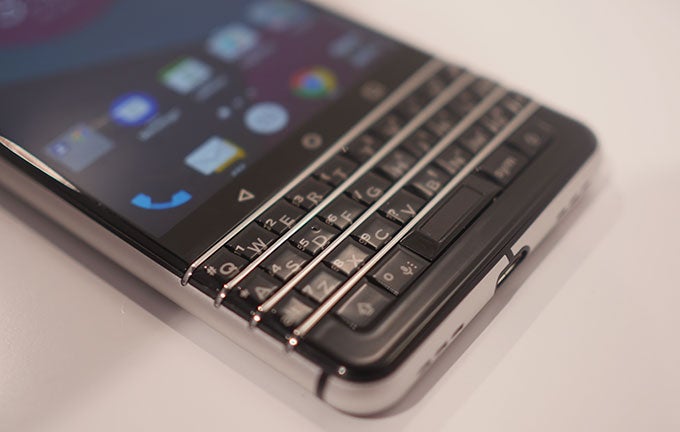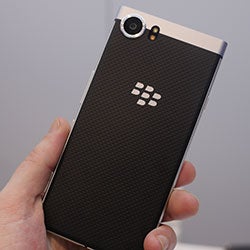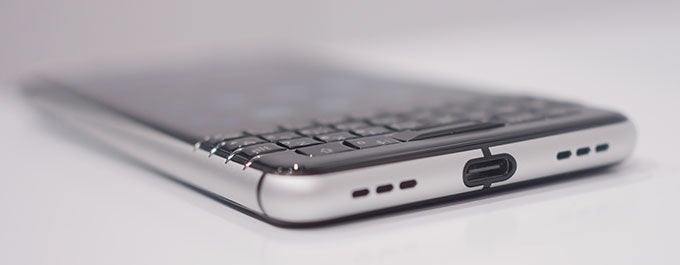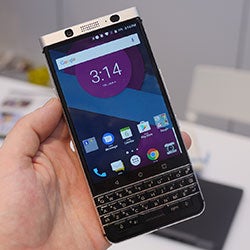Classic design bridges the path to BlackBerry's future: hands-on with the BlackBerry Mercury

Design

Mercury's design is a mix of assertive straight lines and graceful curves, and the result is a modern handset that stays relatively true to BlackBerry's history. Up top, the metal bezel evokes memories of the BlackBerry Passport in silver, but this is also a phone that's very much living in the present, as we see down below with the presence of a USB Type-C port. Around back, a textured rear surface both helps with grip and gives the handset a premium (to say nothing of smudge-resistant) look.

Hardware
It's worth taking a moment to talk about exactly what we're getting to see here – and what we aren't. Externally, this is the Mercury we'll be seeing formally launch later this year – even if under a different name. And while TCL was happy to share this advanced peek at the phone with us, its full component breakdown and capabilities still aren't public. While leaks have already attempted to nail down some of the phone's specs, nothing's confirmed for the moment.
Others, like the screen's unusual 1620 x 1080 resolution aren't details we were able to conclusively verify, but the shape of the display appears to correspond with that aspect ratio.
User experience

Expectations
While TCL's DTEK BlackBerrys were basically rehashes of Alcatel Idol hardware with a BlackBerry-branding twist, Mercury represents a whole different kind of vision, and has the potential to be the first real step in the next chapter of the BlackBerry story: rekindling classic BlackBerry design while embracing new strategies for hardware and software alike.
One consideration critical to BlackBerry's future is the enterprise story, and if Mercury is to really succeed, getting it into the hands of corporate IT departments is practically a requirement. That's made all the easier for a phone when it enjoys strong support from a major carrier. Rumors have pointed to Verizon as a possible partner in the US – and like all the other whispers we've heard about this phone, it's one that currently eludes confirmation. That said, our conversations with TCL sure indicate that the company appreciates the importance of getting on board with a carrier, and if it's one as big as Verizon, all the better for Mercury's shot at success.
We eagerly await getting the rest of the official story on the arrival of this exciting new addition to the BlackBerry family. Until Mercury's read to share all its secrets, check out our early first-look hands-on and image galley:

Follow us on Google News









Things that are NOT allowed:
To help keep our community safe and free from spam, we apply temporary limits to newly created accounts: